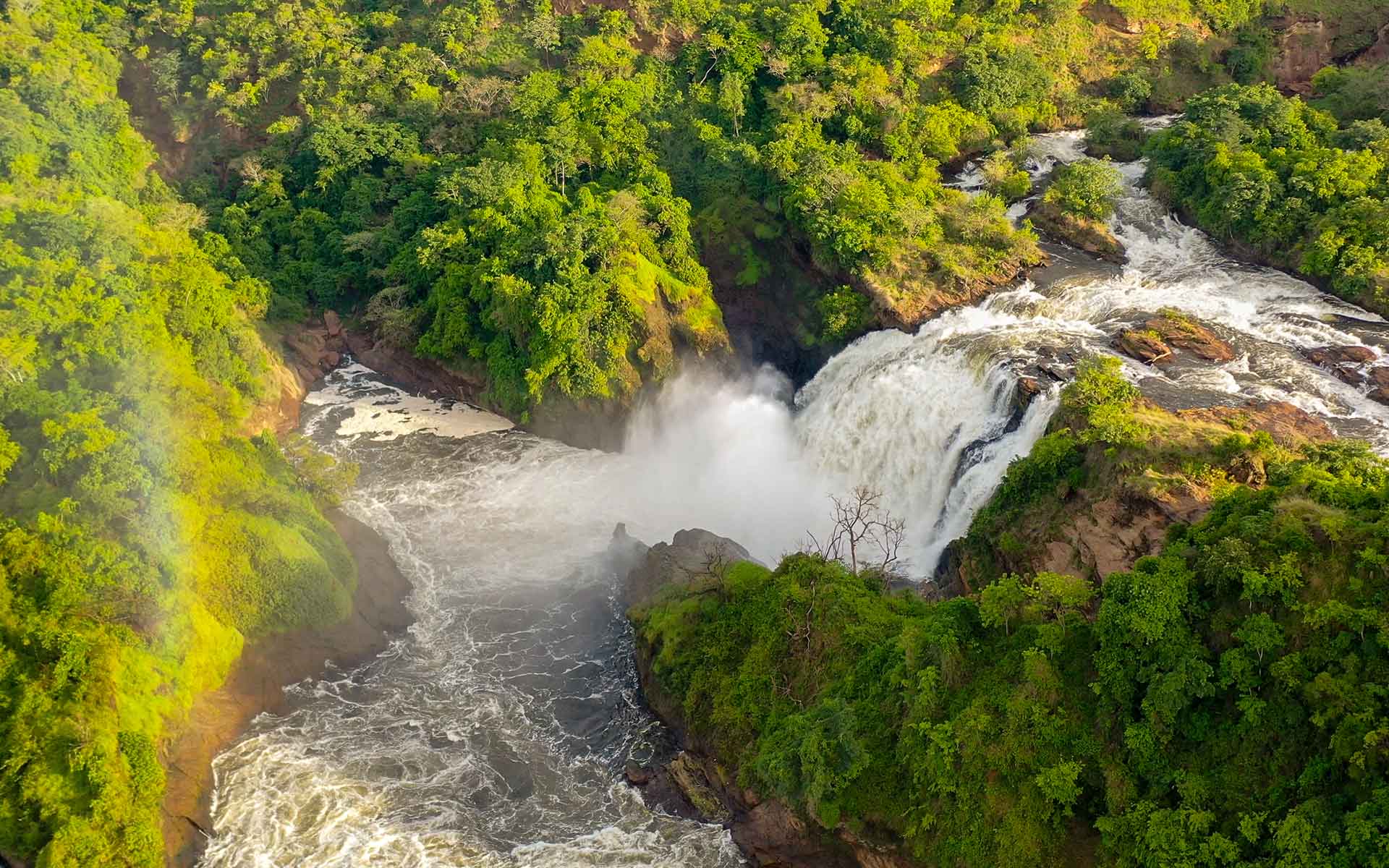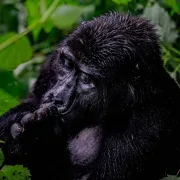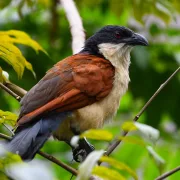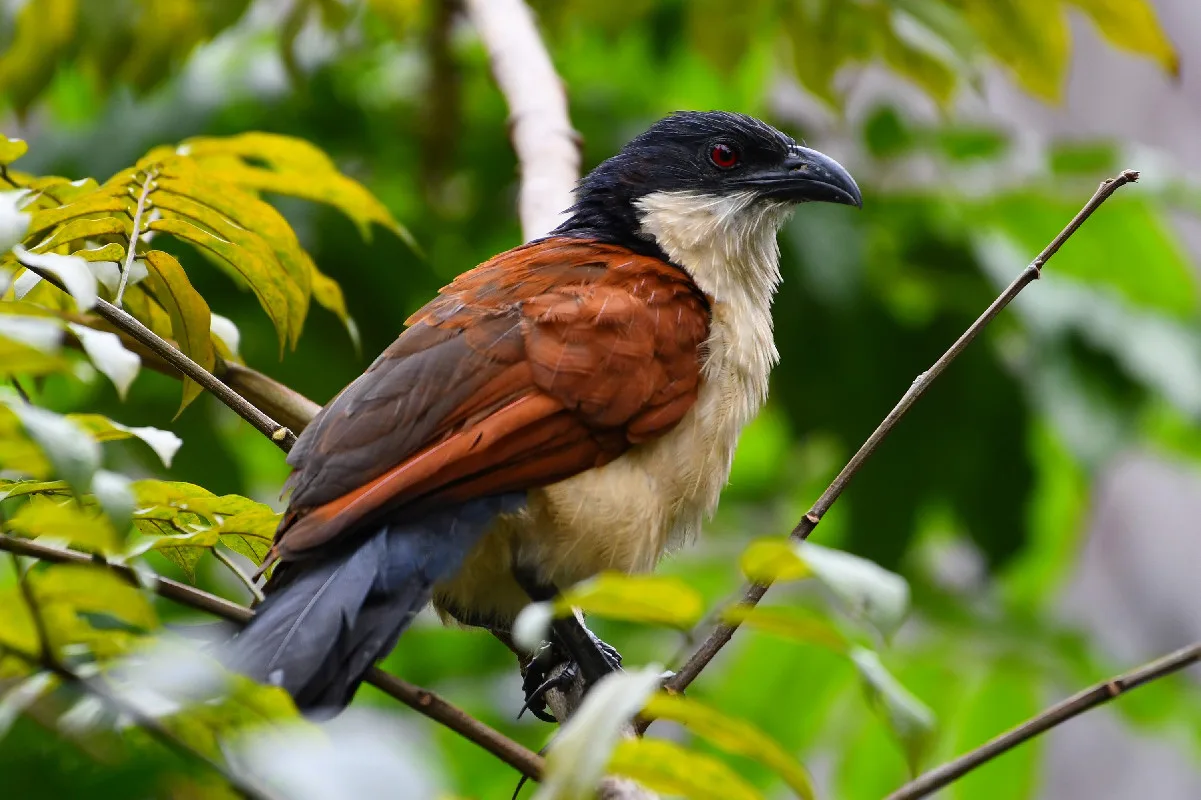
Why Uganda’s Birding Scene Rivals Any in the World
We’ll never forget the morning a German birder, exhausted from two weeks of intense listing across East Africa, sat in our office and said, “I came for gorillas. I’m leaving because of the birds.” He’d just spent four days with one of our specialist guides and tallied 387 species more than he’d seen in three years of European birding combined.
That’s the moment we realized at Raja Safari Holidays we weren’t just running safaris. We were introducing people to one of the planet’s best-kept birding secrets.
The Advantage of Small Size, Massive Diversity
Here’s what astonishes every serious birder who visits: Uganda packs over 1,080 bird species into a country smaller than the state of Oregon. That’s more species than the entire United States and Canada combined, over 11% of the world’s birds in less than 0.2% of its land area.
We’ve guided birders from all continents , and they always ask the same question: “How is this possible?” The answer lies in our position. Straddling the equator, sitting at the convergence of East, West, and Central African ecosystems, and spanning elevations from Lake Albert at 619 meters to Margherita Peak at 5,109 meters, Uganda compresses incredible habitat diversity into what you can drive across in a day.
You can start your morning in the lowland rainforest, spotting African Green Broadbills, have lunch in the montane forest looking for Rwenzori Turacos, and end your afternoon on the savannah watching Secretary Birds hunt. We’ve done this exact itinerary dozens of times, and it never gets old.
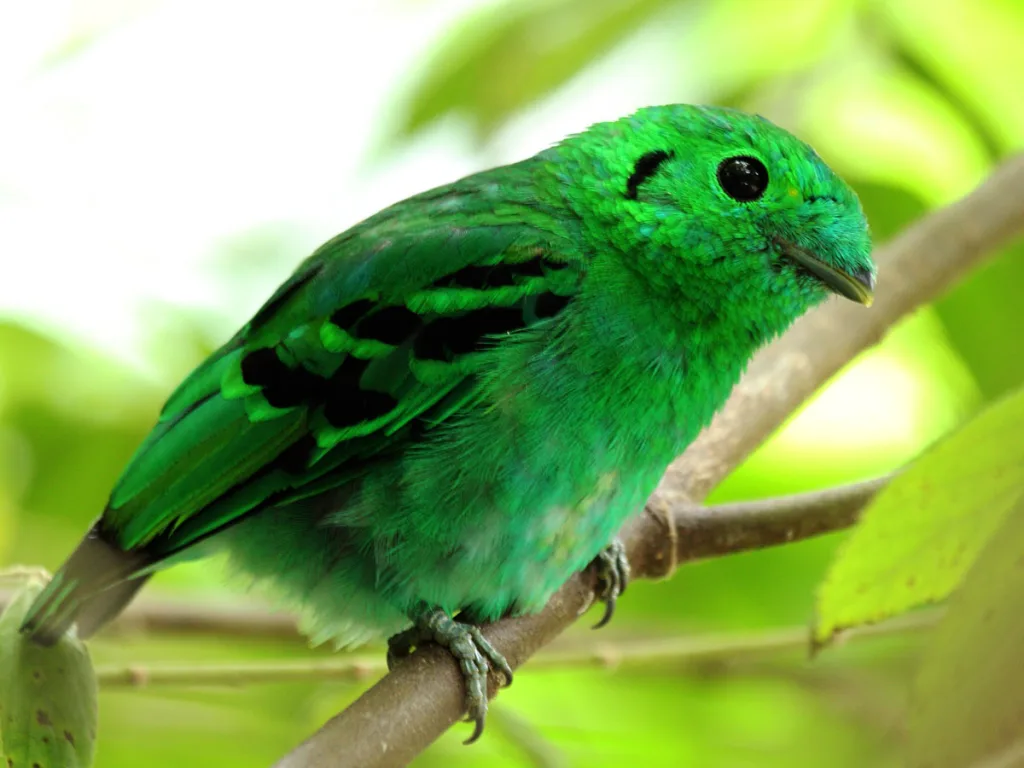
The Birds That Make Listers Lose Sleep
Every birder has their nemesis species, that one bird they’d travel anywhere to see. For many, it’s the Shoebill Stork, and honestly, we understand why. Standing five feet tall with a bill that looks borrowed from a dinosaur, this bird is worth the pilgrimage alone.
At Raja Safari Holidays, we take groups to Mabamba Swamp at least three times a week during peak season, and our success rate sits above 90%. That’s not luck, it’s knowing the swamp, understanding the birds’ habits, and having relationships with local fishermen who spot them daily. Last month, we found three Shoebills in two hours, including a pair with a juvenile. A client from Texas actually teared up.
The Albertine Rift endemics are another major draw. Uganda hosts 24 of these species, more than any other country. Bwindi Impenetrable Forest alone gives you access to 23 of them. When we guide in Bwindi, we’re always struck by how surreal it feels to watch a Shelley’s Crimsonwing flit through bamboo, knowing that the bird exists in just a few square kilometers globally.
The African Green Broadbill might be the most elusive prize. Our team has been guiding for years, and we still get an adrenaline rush when we spot one. They’re incredibly cryptic, silent most of the year, and prefer dense canopy. But when you finally see one brilliant green with that impossibly wide bill, it’s a moment every birder remembers forever.
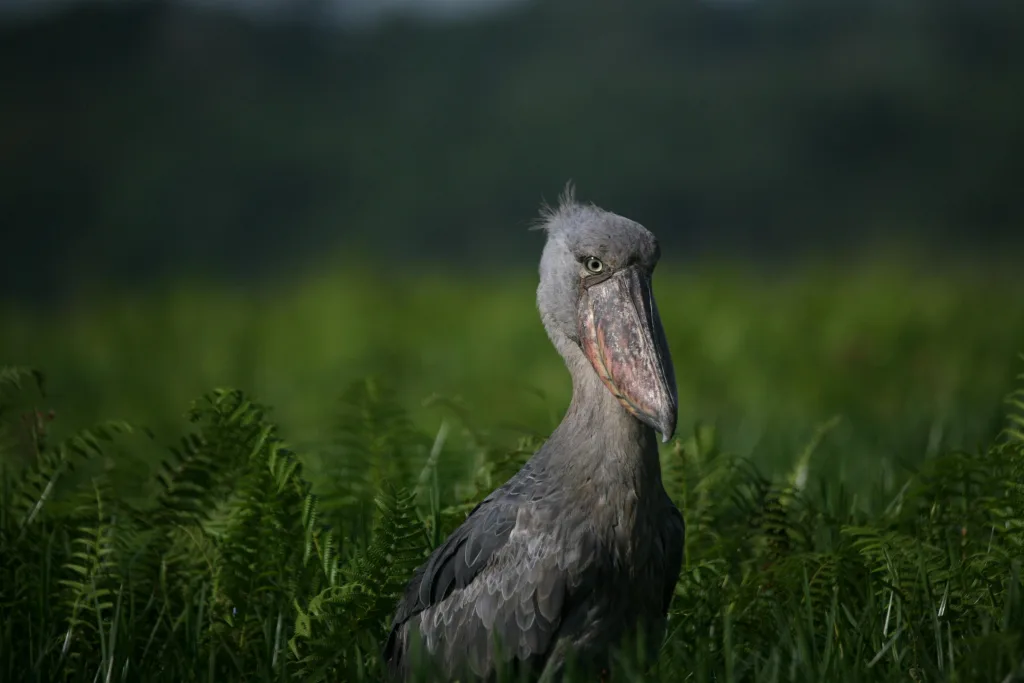
Starting Strong: The Entebbe Advantage
Most international birders land in Entebbe, and we always encourage them not to rush inland. The Botanical Gardens, ten minutes from the airport, regularly produce 100+ species on a morning walk. We’ve taken jet-lagged arrivals straight from their hotel for a dawn walk and logged everything from Great Blue Turacos to Palm-nut Vultures before breakfast.
Mabamba Swamp is 40 minutes from Entebbe, and beyond the Shoebills, it’s incredible for papyrus specialists. Blue-headed Coucal, White-winged Warbler, and Papyrus Gonolek are species that require specific wetland habitats and are genuinely difficult to find elsewhere. We always use the local canoe operators who know every channel and bird territory intimately.
Forest Birding: Where Things Get Serious
Kibale Forest is where many of our guides developed their expertise. It’s famous for chimpanzees, but the 375 bird species there are equally impressive. During the African Pitta breeding season (March to May), we have near-daily sightings. The call alone, a distinctive whistle echoing through the forest, makes the early wake-up worth it.
Semliki National Park, right on the Congo border, brings in lowland forest species you won’t find anywhere else in East Africa. The Nkulengu Rail is so range-restricted and secretive that getting a sighting feels like winning the lottery. Our guides have only seen it a handful of times, but when it happens with clients, the reactions make all the waiting worthwhile.
Bwindi is challenging terrain, steep, muddy, and thick, but the birding payoff is unmatched. Beyond the Albertine endemics, you’re birding in one of Africa’s most ancient forests. The atmosphere alone is worth the effort, but when you spot a Handsome Francolin or hear the bizarre vocalizations of a Bar-tailed Trogon, you understand why serious birders come here.
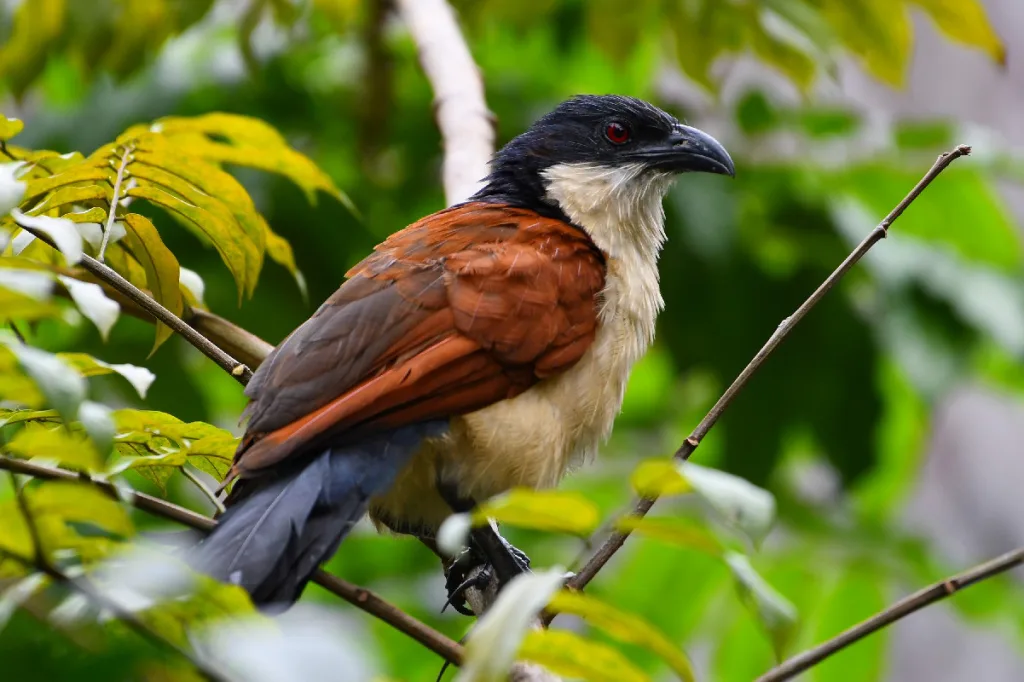
Water Birds and the Nile Corridor
The boat cruise on the Victoria Nile at Murchison Falls is our team’s favorite half-day birding experience in Uganda. We consistently see African Skimmers, Rock Pratincoles clustered on mid-river rocks, and clouds of Red-throated Bee-eaters nesting in the sandy banks. The park’s 450+ species include both forest edge and savannah birds, making it exceptional for diversity.
Queen Elizabeth National Park’s Kazinga Channel might be the single best water birding site in Uganda. Our guides once counted 14 kingfisher species in one afternoon there, including the rare African Dwarf Kingfisher that required some serious spotting. Pelicans, African Fish Eagles, Pied Kingfishers, and Yellow-billed Storks, it’s sensory overload in the best way.
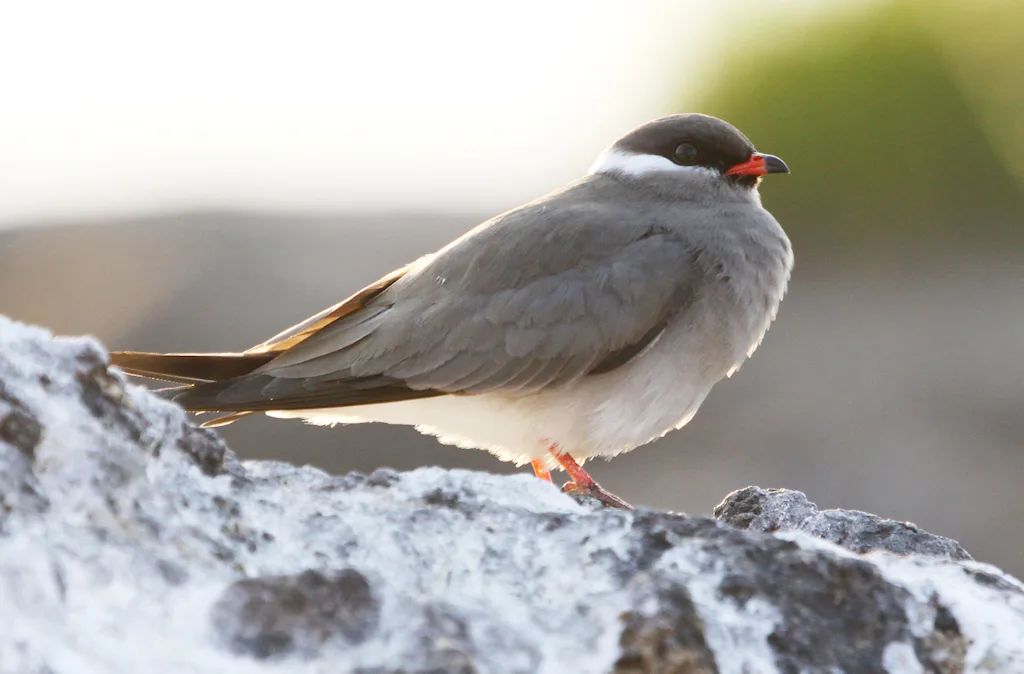
The Mountains: For Birders Who Love a Challenge
We won’t lie, montane birding in Uganda requires fitness and commitment. The Rwenzori Mountains are tough. You’re hiking through mud, bamboo, and steep terrain at high altitude. But the rewards are proportional to the effort.
The Rwenzori Turaco, with its crimson flight feathers flashing against green forest, is worth every muddy step. Handsome Francolin, multiple sunbird species, and if you’re very lucky, the Rwenzori Double-collared Sunbird. We’ve guided groups to the alpine zone where the vegetation turns alien, and you might spot a Lammergeier soaring overhead.
Mount Elgon offers slightly easier terrain with different specialties. Jackson’s Francolin is reliable there, and the Tacazze Sunbird, a massive, iridescent species, is common at the right elevations.
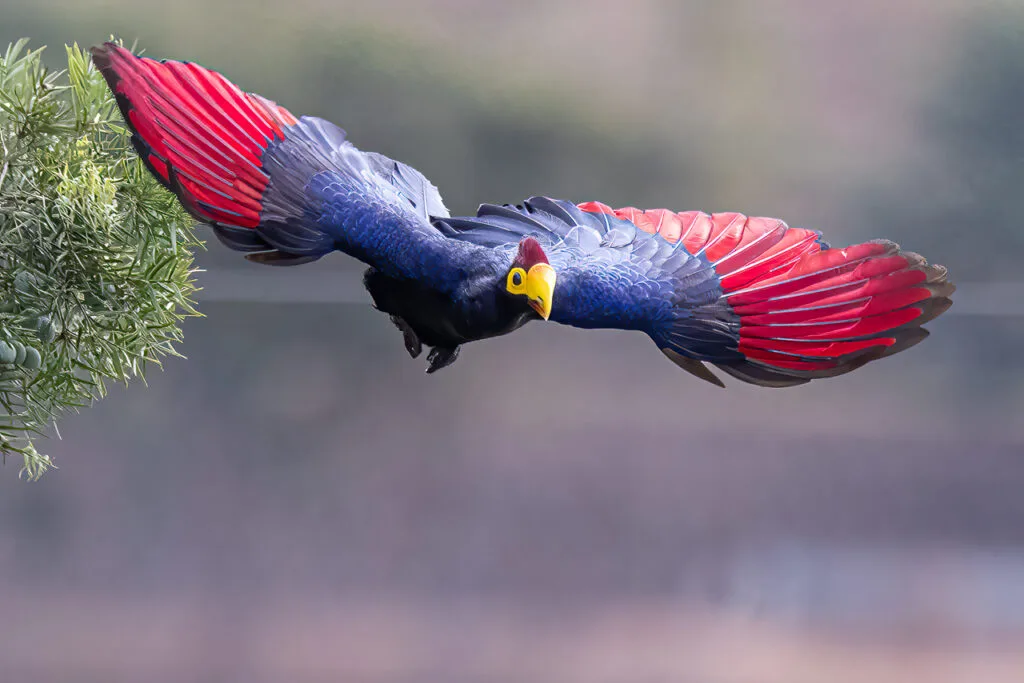
Year-Round Birding (Seriously)
We get emails constantly asking, “When’s the best time to visit?” Our honest answer: anytime. Uganda’s equatorial position means we don’t have dramatic seasonal changes like temperate zones. Our resident birds stay put, and we get different waves of migrants throughout the year.
The so-called “rainy seasons” (March-May and September-November) are actually fantastic for birding. Many species breed during the rains, meaning vibrant plumage and active behavior. The forests explode with life. Yes, you might get wet, but you’ll see more birds in breeding condition than during the dry months.
Dry seasons (December-February and June-August) offer easier walking and concentrated bird activity around water sources. Photography is generally better with clearer light. We plan safaris around specific target species and their breeding or migration patterns, but we’ve never guided a “bad” birding safari, regardless of the month.
The Guide Network Makes the Difference
Uganda’s birding success isn’t just about the birds; it’s about the people finding them. We’ve developed an incredible community of professional bird guides at Raja Safari Holidays, many trained through Makerere University programs and mentored by experienced field ornithologists.
Our guides don’t just identify birds; they know the ecology, behaviors, and vocalizations intimately. We work with guides who can identify 90% of Uganda’s species by call alone. That matters when you’re dealing with skulking forest birds or nocturnal species.
We also work closely with local communities. Villages around prime birding sites increasingly understand the economic value of conservation. The fishermen at Mabamba who help us find Shoebills, the farmers near Bwindi who alert us to rare sightings, these partnerships make sustainable birding tourism possible.
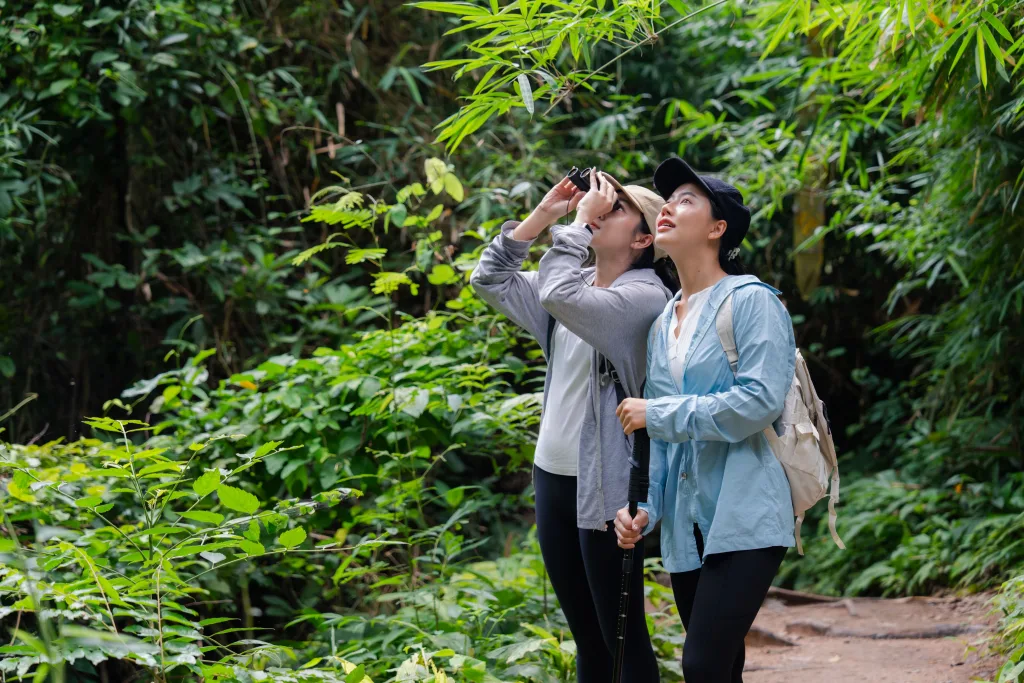
Planning Your Birding Safari
Most serious birding itineraries run 10-21 days. If you want 700+ species, you’ll need three weeks, and you’ll need to cover multiple ecosystems efficiently. We typically recommend:
- Days 1-3: Entebbe area and Mabamba (wetland specialists, Shoebill)
- Days 4-6: Murchison Falls (savannah and Nile specialties)
- Days 7-10: Kibale and Semliki (lowland forest species, Pitta)
- Days 11-14: Queen Elizabeth (water birds, savannah-forest edge)
- Days 15-18: Bwindi/Mgahinga (Albertine Rift endemics, montane species)
If you have more time, Kidepo Valley in the far northeast offers dry-country specialists found nowhere else in Uganda: Kori Bustards, Jackson’s Hornbills, Abyssinian Ground Hornbills. It’s remote, but exceptional.
Why We’re Passionate About This
We’ve been in tourism for years, and we’ve watched Uganda’s birding reputation grow from relative obscurity to a must-visit destination for serious listers. International birders now plan entire trips around our avifauna, not just gorillas with birding as an afterthought.
What excites us most is that we’re still discovering. Under-birded areas across the country regularly produce new records and range extensions. The conservation component is real, too; every birding client directly funds habitat protection and creates economic incentive for conservation.
When that German birder left our Raja Safari Holidays office to catch his flight, he’d already booked his return trip for the following year. He wanted Kidepo’s dry-country species and another shot at the Green Broadbill. That’s become a pattern: birders come once for specific targets, then realize they’ve barely scratched the surface.
Uganda isn’t just competing with traditional birding destinations like Ecuador or Peru. In terms of accessibility, diversity, endemism, and year-round quality, we’re setting our own standard. The Pearl of Africa might be the world’s most underrated birding destination, but that’s changing fast.
If you’re serious about birds, Uganda needs to be on your list. And when you’re ready to come, Raja Safari Holidays will make sure you see species you’ll be talking about for the rest of your life.
Book your birding Safari Here.https://rajasafariholidays.com/contact/
Recent Posts
Uganda vs. Rwanda for Gorilla Trekking: An Honest Comparison
Why Uganda’s Birding Scene Rivals Any in the World
Community Tourism: How Your Safari Supports Local Communities
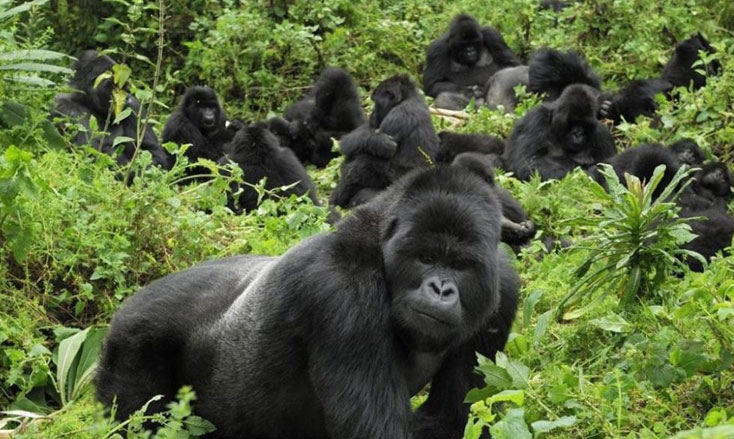
Uganda
